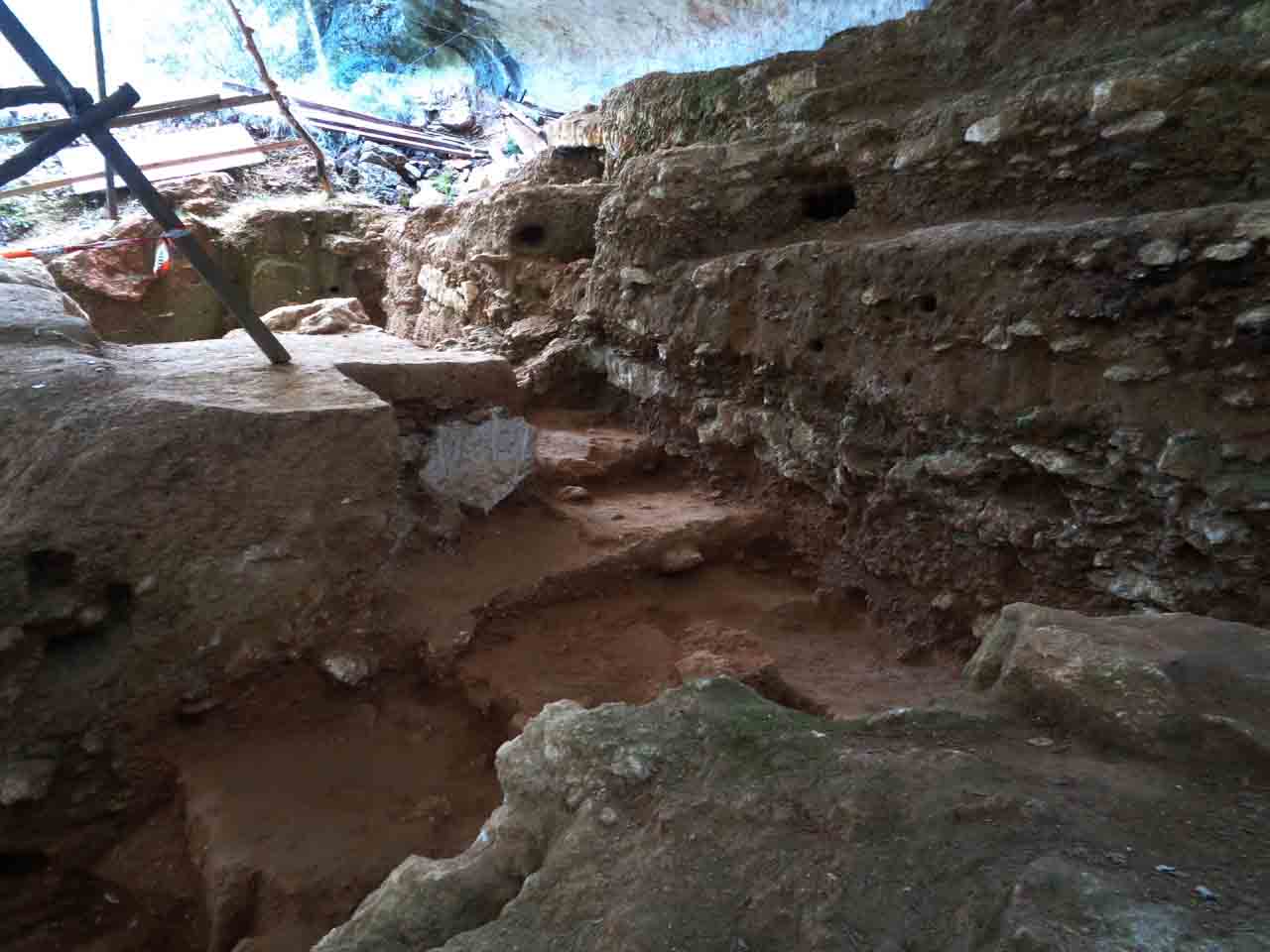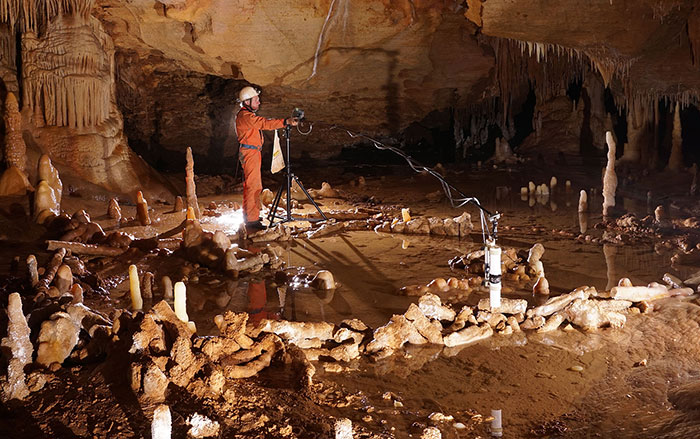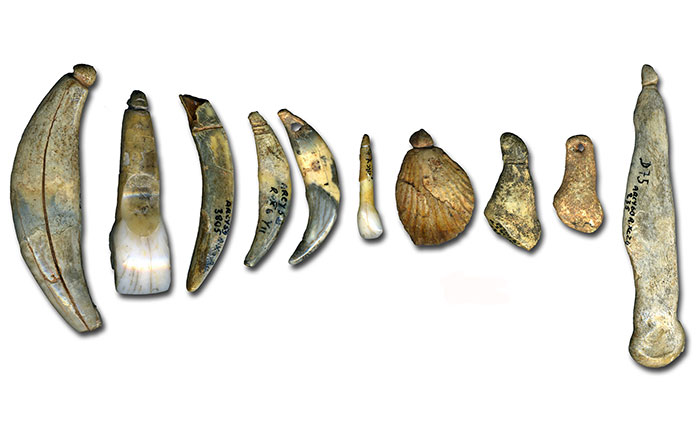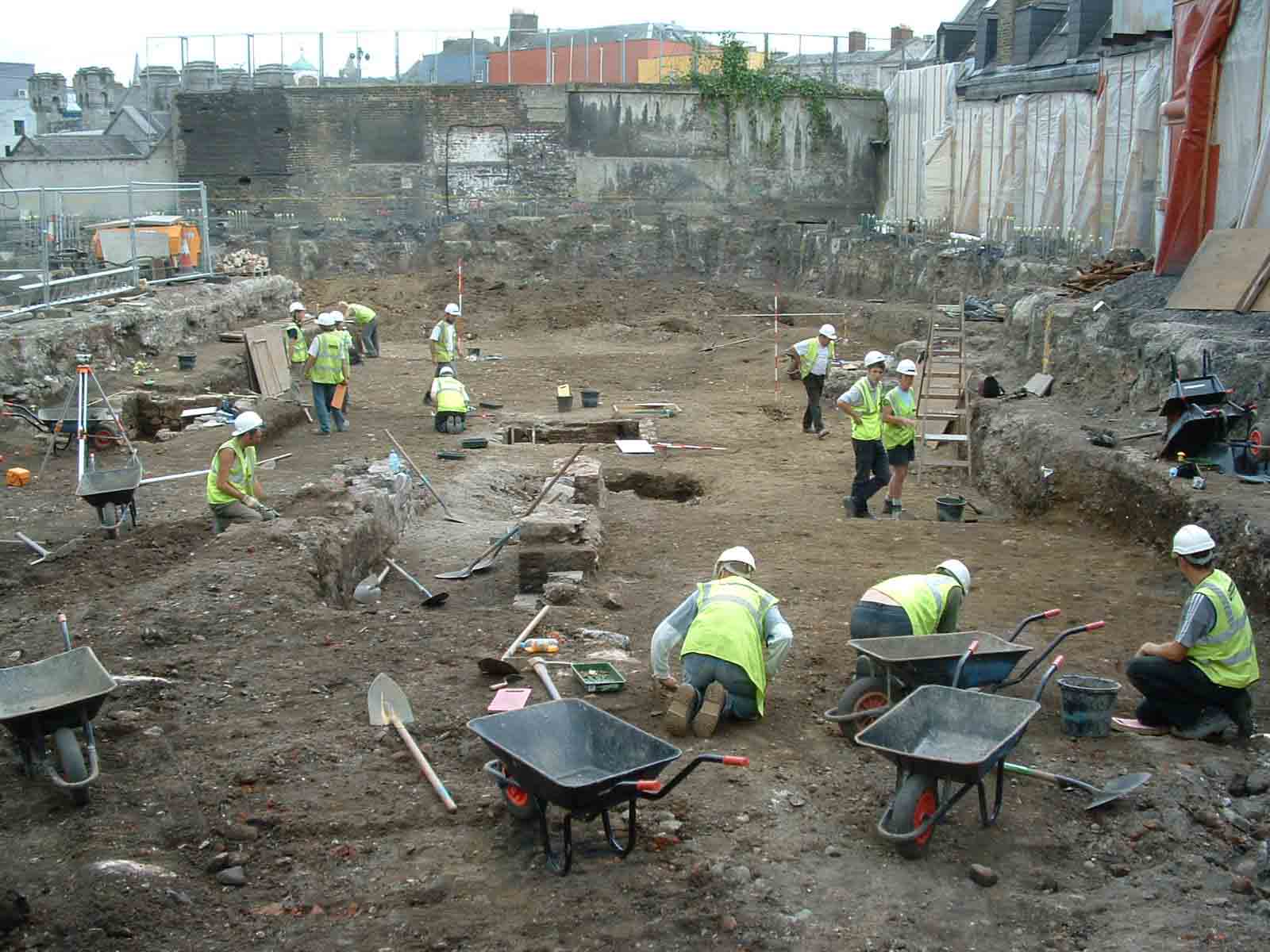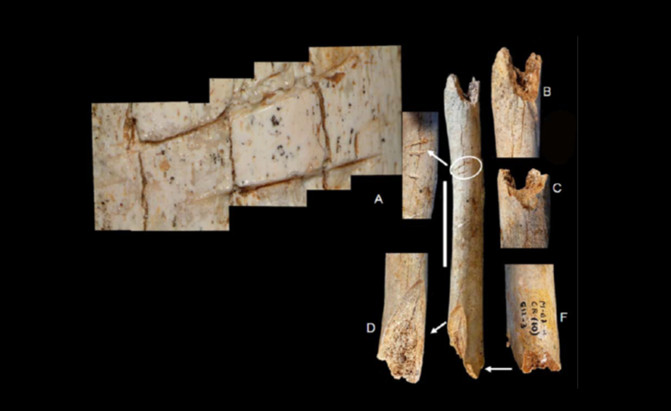
MADRID, SPAIN—A new study of 57,600-year-old fossils from the Marillac site in France suggests that Neanderthals beat and fractured the bones of the recently deceased. The bones in the study, including leg and arm bones from two adults and a child, were found among the many bones of Neanderthals, animals, and tools at the site. The bones show cut marks made with flint tools while the bones were still fresh. No signs of carnivores’ teeth were found on these specimens, although signs of gnawing by animals have been found on other bones from the Marillac site. “To date we have been able to demonstrate these manipulations at several Neanderthal sites in Europe, which are of course much more recent, including groups of contemporary humans, but we have not been able to demonstrate the consumption of human meat by Neanderthals (although this has indeed been done in other much more modern populations),” María Dolores Garralda of Complutense University and the University of Bordeaux said in a Plataforma SINC press release. Why Neanderthals manipulated the bones in this way is uncertain. “There might have been rituals—still in the twenty-first century these continue in certain parts of the world—or for food—gastronomic cannibalism or due to need,” Garralda said. Many of the bones from the Marillac site still need to be analyzed. To read more about our extinct cousins, see "Should We Clone Neanderthals?"


